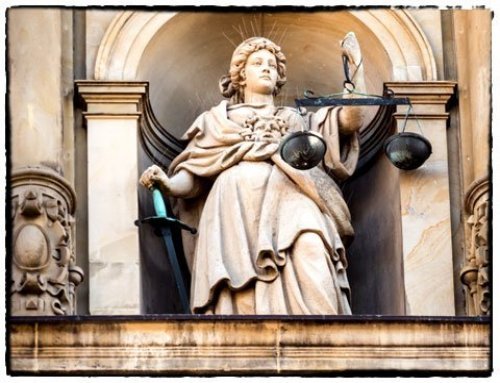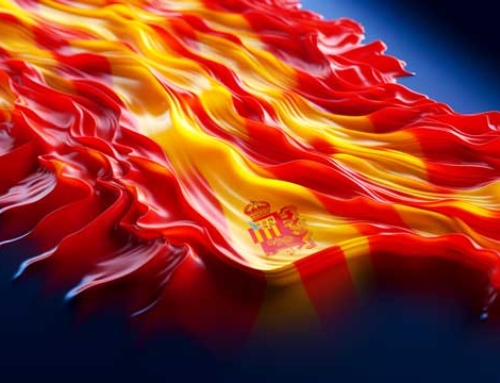Diamond company HB Antwerp will launch rough diamonds linked to digital copies that buyers can also show off virtually and enter the metaverse in this manner. “The NFTs could eventually become worth more than the original diamonds in the real world.“
For centuries, Antwerp has been known as one of the world’s leading centers for polishing rough diamonds. If it were up to HB Antwerp, a very young tech and diamond company founded two years ago, the city could soon conquer that status in the virtual world as well.
The start-up, which has just opened a brand new head office in the shadow of Antwerp Central Station, launched its new luxury brand Signum at the end of last year. With this brand, HB Antwerp wants to conquer the metaverse in the coming years: the virtual world where you not only look, but where you also really are part of it via virtual and augmented reality and can do things yourself.
Virtual luxury gnawers
Just before Christmas, Signum launched twelve digital diamonds in the shape of a cartoon rabbit. The NFTs or digital certificates of ownership linked to these virtual luxury gnawers went for more than 6,100 euros each in just three minutes.
Yet it is about much more than cashing in on the NFT hype, emphasize Shai de Toledo and Rafael Papismedov, two co-founders of HB Antwerp. “For us, this is the way to show that all the data we collect, from when the diamonds come out of the ground, is made available transparently and can be audited,” says de Toledo. “We are working with Microsoft for verification of the stones we mine in Botswana and the royalties we pay to the local government for them. The company believes so strongly in our story that it is making a film about the quantum shift in the diamond industry that we are initiating using its technology.”
HB Antwerp shakes up the archetypal conservative diamond industry considerably because it controls the entire production chain. Miners, diamond processors and retailers usually work on their own account. At HB Antwerp, all those activities converge.
Through a deal with the Canadian mining company Lucara, HB Antwerp gets exclusive access to a mine in Botswana. The rough stones that are dug up there are analyzed in-house with MRI and CT scanners and then processed by a growing team of in-house polishers. All data from those intermediate steps are stored in a blockchain, a kind of digital registry. “That makes everything more transparent, and this way we avoid conflicts of interest,” de Toledo believes.
“The average consumer usually finds the data from all those intermediate steps a bit boring. By using that data in the metaverse, we still found a way to commercialize them and do something cool with them.”
Showing off in a video game
HB Antwerp is now preparing for the next step. In February, Signum will be selling a new series of NFTs. A little less blingbling, but linked to one of the raw stones that HB Antwerp gets delivered from Botswana.
“The intention is to create digital twins this year from all the physical stones we have coming in,” Papismedov says. “We’re not going to sell separate NFTs. Anyone who purchases a raw stone from Signum will simultaneously become the owner of a digital version that can be used in the metaverse. Profits from sales will also flow back to the community in Botswana where our mine is operated.”
The digital strategy should help tap into a new audience. “The customers who are showing interest are not the traditional buyers who will pay 300,000 euros for a Cartier ring,” says Papismedov. “They are often people who didn’t want to buy before because they couldn’t find out enough about the diamond’s origin. Thanks to the twin NFTs, we can digitally connect those end users with the producers in Botswana.”
By linking the rough stones to NFTs, buying a diamond should also become a real experience, de Toledo adds. “In that respect, there are enormous possibilities. I was only too happy to hear this week that Microsoft was acquiring the gaming company Activision Blizzard and wants to play a major role in the metaverse.”
“If a customer soon wants to show off seven virtual diamonds in a video game, we can customize them for them. Just as for physical diamonds, we can analyze together with him the NFTs linked to rough stones and cut them virtually as he wishes. In doing so, we want to guarantee the same quality as in the real world. Finding the right digital developers who are able to do this is one of our biggest challenges.”
Customers interested only in the physical diamonds can sell the digital NFT twins themselves on a secondary market. Just because there are so many uses for digital bling to be thought of in the metaverse, those NFTs will rise sharply in value over time, de Toledo predicts. “The prices of digital stones will be as high or even higher than their physical counterparts.”
Capital increase
You cannot accuse HB Antwerp, which has 107 employees, of a lack of ambition. The company closed 2021 with a turnover of just under 150 million euros and is aiming for 265 million for this year.
Because major luxury brands such as Louis Vuitton, Chanel, Hermès and Dior are becoming increasingly prominent as jewelers, HB Antwerp hopes to push that turnover toward 1 billion within three years.
But this rapid growth costs a lot of money. “That is why we are preparing a capital increase. We are talking to potential investors in New York and hope to complete the operation within six months.”







